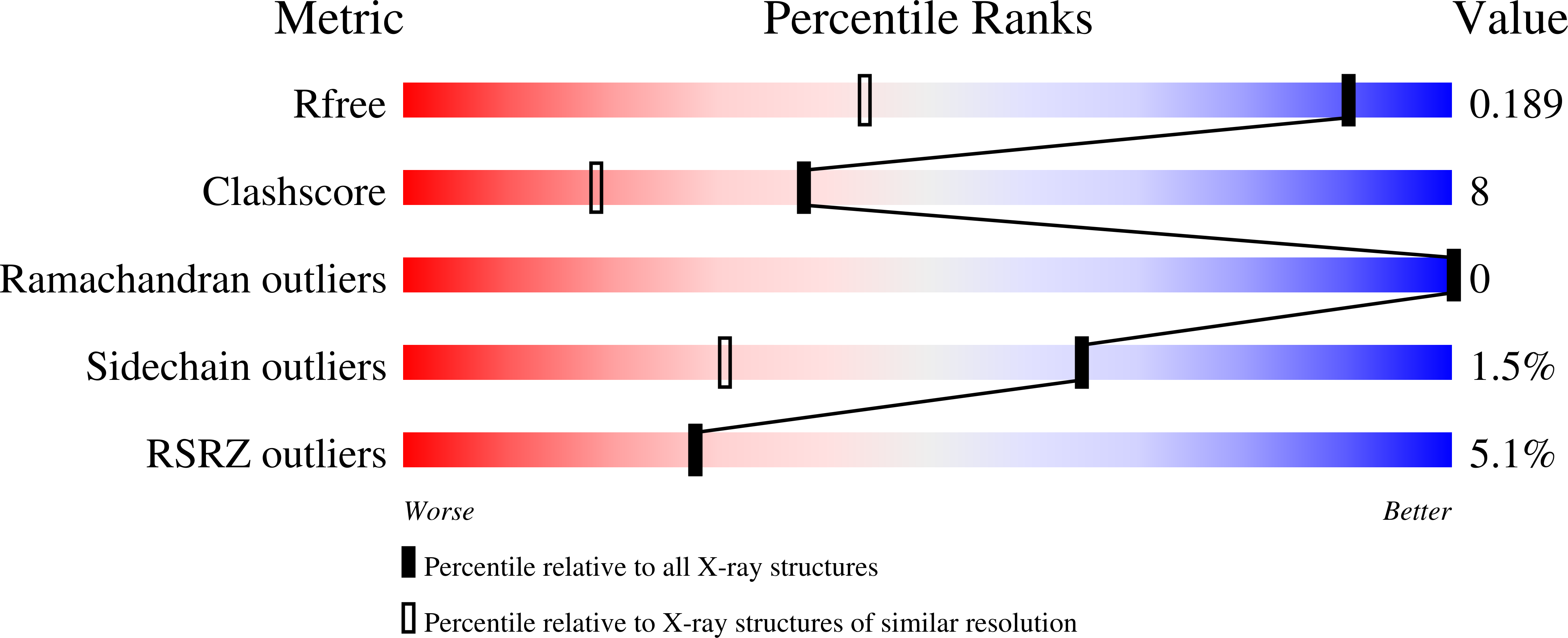
Deposition Date
2009-01-26
Release Date
2009-06-02
Last Version Date
2023-09-06
Entry Detail
PDB ID:
3FZW
Keywords:
Title:
Crystal Structure of Ketosteroid Isomerase D40N-D103N from Pseudomonas putida (pKSI) with bound equilenin
Biological Source:
Source Organism:
Pseudomonas putida (Taxon ID: 303)
Host Organism:
Method Details:
Experimental Method:
Resolution:
1.32 Å
R-Value Free:
0.18
R-Value Work:
0.14
R-Value Observed:
0.15
Space Group:
C 1 2 1


